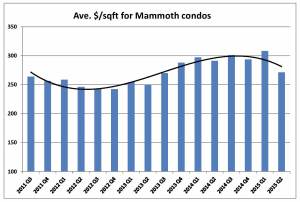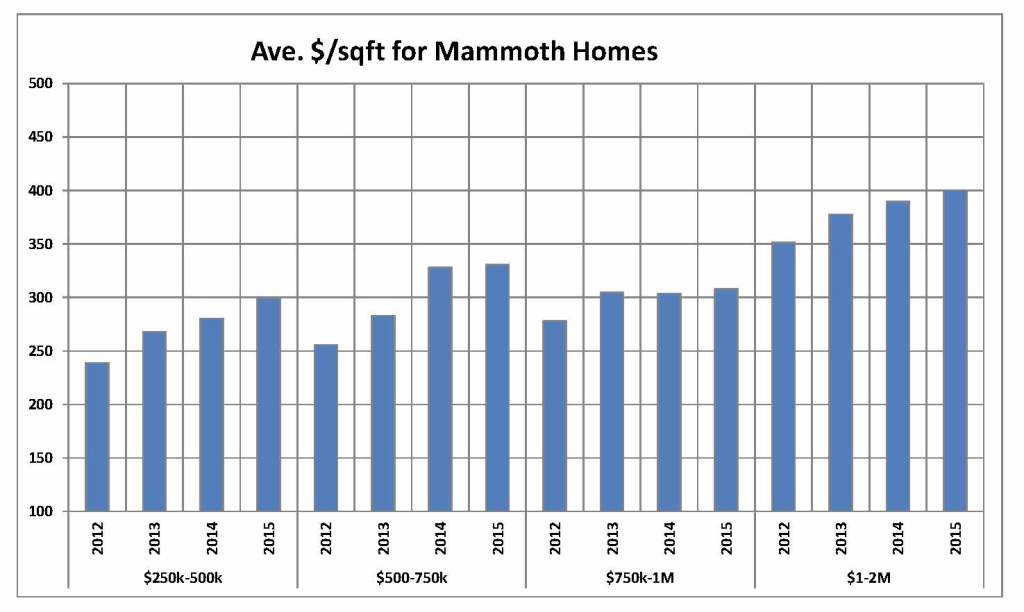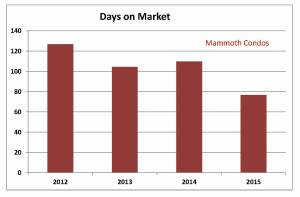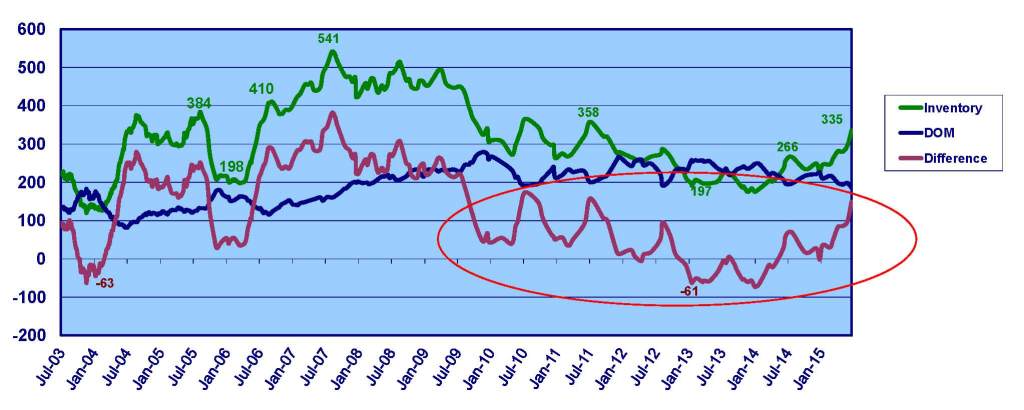Summer is now in full swing here in Mammoth and an interesting summer it has been so far weather-wise! We’ve been enjoying some nice rain and thunderstorm activity, which is hopefully a precursor to a nice wet winter!
With so many events throughout the summer, it is often difficult to keep up and find time for everything. Starting July 14th and continuing through July 19th Mammoth Mountain will be hosting the USA Cycling Mountain Bike National Championships (see article below). If mountain biking isn’t your thing, you can enjoy the Band and Burger Battle taking place at The Village at Mammoth. See side column for a bullet point list of upcoming events. The list is long!
Other noteworthy news: Mammoth Mountain is still working on the completion of a land exchange with the US Forest Service to acquire the land up at Main Lodge where the existing lodge and Mammoth Mountain Inn are located. Back in February, a bill was passed in the Senate and signed into law by President Obama that was a critical step in making the land exchange become a reality. Once this process is completed, then Mammoth Mountain will own the land at Main Lodge and will be able to develop that land. This will change the face of Main Lodge!!
The Mammoth Half Marathon was once again a huge success! If you’re ever looking to run a half marathon with amazing scenery you should definitely consider the Mammoth Half Marathon. Tara was out there smiling through most of the 13.1 miles! The organization who operates the race also puts on the San Diego Half Marathon and gives all proceeds back to the communities.
The June Lake Triathlon last weekend was also a success, with several hundred athletes competing in the ‘Toughest Race in the most Beautiful Place.’ Dennis and family camped at Oh Ridge! and cheered on his oldest daughter as she competed in the kids’ race.
Mammoth Brewing Company has been working hard to create an inviting atmosphere for folks of all ages to enjoy drinks and food and has been expanding their outdoor seating area…definitely something to check out if you’re roaming around The Village.
The Village at Mammoth is always the site of music and festivals all summer long! With temperatures in the 70’s most days and recreation outlets at every corner, there is no shortage of things to do with your friends, family and pets in Mammoth in summertime.










